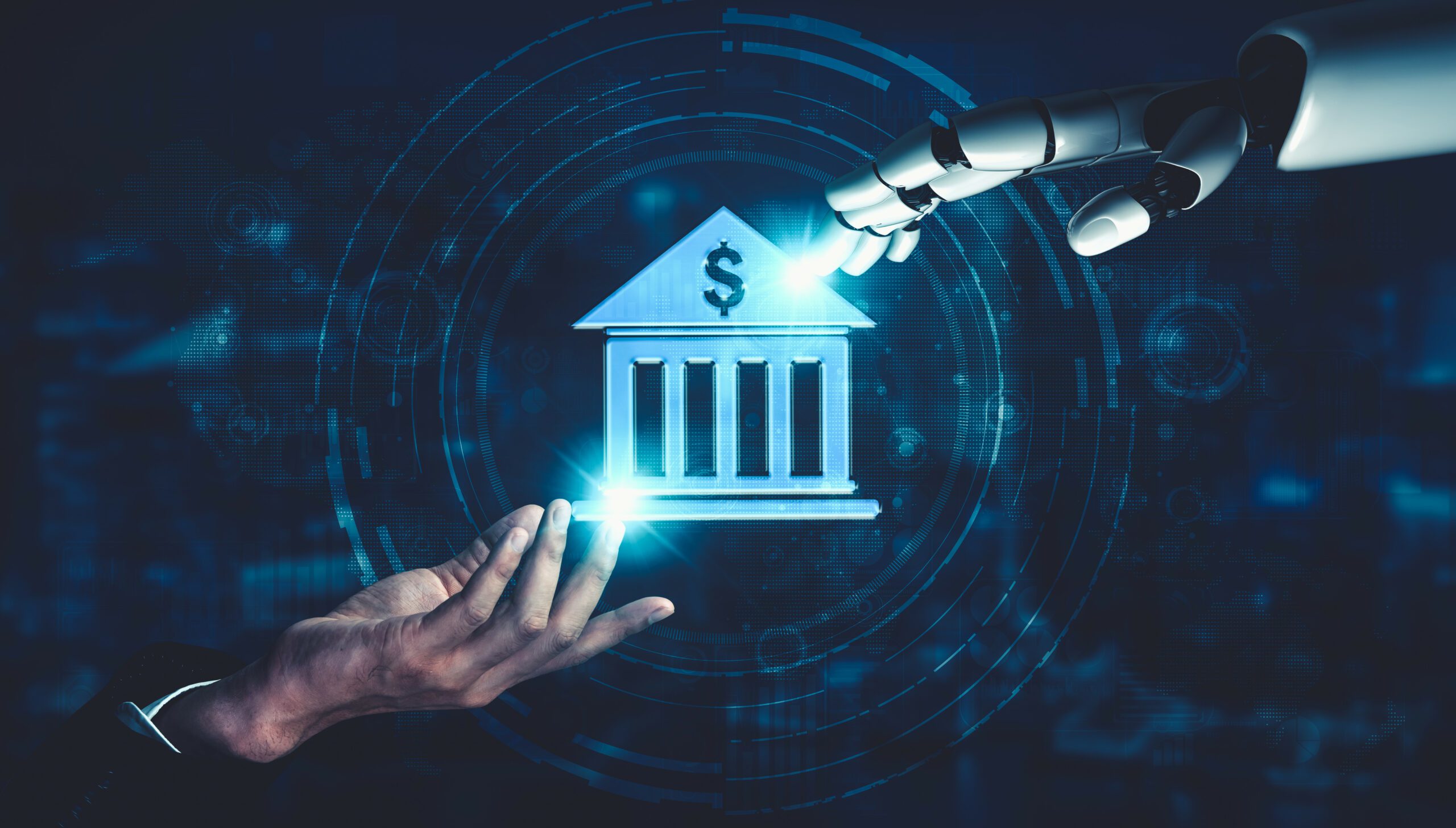Financial technology, or fintech, has rapidly disrupted and transformed the financial services sector. In 2022, 80 percent of consumers surveyed by Plaid used a digital financial product, a 22 percent increase from just two years prior. As users become more comfortable integrating technology into many aspects of their lives, they increasingly turn to fintech companies to shop for financial products, apply for loans, and manage investments—all without leaving their homes. Fintech platforms provide products backed by multifaceted, distributed systems and integrate information from multiple credit bureaus like Transunion, Equifax, and Experian to create a robust image of members’ credit. They use artificial intelligence (AI) and machine learning (ML) to power complex, intelligent recommendation systems that can provide members with high-certainty financial products. Using multiple application programming interface (API) integrations with lenders, fintech platforms facilitate and automate each step in the lending process, from application to decision, employment verification, and funding.
How fintech platforms work
Fintech platforms aggregate offers from different lenders and match users with those that best suit their needs. Lenders receive high-quality leads—interested customers who are likely to make a purchase—while customers are directed toward financial products that they are more likely to be interested in and qualify for. Through fintech platforms, consumers can shop for financial products ranging from personalized credit cards to auto loans and mortgages. Many platforms, like Wealthfront, also offer automated finance and training in automated trading, in which AI and ML are used to make decisions for users. This provides guidance at a much lower cost than a financial advisor. Many fintech platforms do not directly charge users; instead, they rely on interchange fees, in which a lender’s bank is charged a percentage of the transaction amount to generate revenue. Fintech companies may also make money from processing and transfer fees or receive compensation from lenders in exchange for leads or approved product purchases by members.
Benefits of fintech for consumers
Fintech platforms, many of which operate through mobile apps, allow customers to browse financial products from anywhere, enabling maximum convenience. They also help customers easily sort through and compare offers from many lenders while providing personalized recommendations. Fintech can also reduce some of the risks involved in personal finance. For example, applying for a loan and being rejected can negatively affect a consumer’s credit score. Fintech platforms offer users access to approval odds for loans or provide them with high-certainty offers, allowing them to make better-informed decisions. Users can access their credit scores from multiple bureaus through fintech platforms for free. Credit-building services can advise members on how to build their credit by suggesting steps such as automating utility or credit card payments and keeping their credit usage below 30 percent. Increasingly, fintech platforms offer their own checking, savings, and trading accounts, and many collaborate with lenders to provide exclusives, including low interest rates, high credit limits, and early paydays.
How technologies underpin fintech
The future of fintech is dependent on the development and adoption of new technologies and global digitization. AI and ML boost the customization of the fintech user experience. The tools leverage customers’ financial history to provide insights into which products they are likely to use and be approved for. Additionally, AI-powered robo advisors help customers manage their investments through algorithms that automatically rebalance the user’s portfolio based on their preferences, goals, and risk tolerance. Additional use cases include streamlining business operations, fraud prevention, risk management, and customer service.
Distributed systems, which incorporate multiple computing systems with different physical locations, are necessary to scale fintech platforms. Equally critical is integrating data from multiple sources, including the APIs of multiple credit bureaus. Fintech platforms submit data from customers to the APIs of lenders to offer approval odds for offers. These credit bureaus might update their information at different intervals. For example, one might be updated daily, another weekly, and another every two weeks, making integrating up-to-date information from all sources more complicated. In addition, fintech platforms typically aggregate offers from many lenders. CreditKarma, for example, partners with 20 to 30 lenders for each type of financial product and manages integrations with the payroll service ADP and the payment app Plaid.
The complexity of security rises with the number of partner integrations. Data encryption is required to provide a secure experience for customers. A general best practice is to integrate multiple layers of encryption—for example, using a mutual transport layer security (mTLS) handshake to verify a connection and JSON web encryption to encode the payload sent over the network to the lenders or through a third-party API. Machine learning can also detect identity theft and protect against fraud.
Cloud computing often underpins important operations supporting fintech platforms, including online payments. Still, cloud partnerships come with security risks. Fintech platforms can ensure the safety of their cloud environments by avoiding public clouds, conducting regular risk assessments, and utilizing strong encryption technologies. Investing in data loss prevention (DLP) and distributed denial-of-service (DDoS) attack prevention systems can also help fintech companies protect against attacks and ensure that user data remains secure.
Fintech and the future of banks

Written by Viswanadha Pratap Kondoju for TechBullion
Traditional banks are often limited by legacy systems when integrating new technologies. Fintech companies have an advantage because many of them are equipped with the infrastructure to adopt new paradigms right away. Wealthfront, CreditKarma, and NerdWallet are just a few examples of fintech companies using ML and AI to provide users with automated personal finance offerings. Increasingly, users of fintech platforms will turn to AI assistants for overviews of their finances, customized offers, or advice on how to boost their credit. As generative AI advances, more AI products will likely be available commercially, allowing fintech companies and traditional banks greater access to AI tools.
Today, fintech companies function by linking to lenders. In the future, the entire end-to-end transaction, from browsing to applying, approval, verification, and funding, might happen through the fintech platforms, with banks providing only back-end support. Although there are challenges in integrating data from many sources, this amalgamation gives fintech companies their edge. Because fintech companies typically lack the liquidity of large financial institutions, it will be difficult for them to replace banks entirely. Instead, fintech companies and banks can leverage each other’s strengths. Banks can embrace new technologies and proactively partner with fintech companies. To adapt to the changing financial landscape, it is imperative that banks adjust to shifts in technology and adapt their systems based on user input. The future of financial services depends on the sector’s ability to effectively adopt and optimize new and emerging technologies. Through a collaborative effort, financial institutions, app developers, regulators, and other stakeholders can create the future of the financial world with democratized finance.
About the Author:
Viswanadha Pratap Kondoju is an engineering manager with more than 14 years of experience in software engineering and seven years specializing in the fintech industry. He currently leads a team working on core platforms and services that enable millions of users to access personalized financial products and advice. He also has a background in full-stack development, machine learning, artificial intelligence, and cloud technologies. Viswanadha holds a Bachelor of Technology/Information Technology degree from the Indian Institute of Information Technology and a Master of Science in Computer Science and Data Science Track from the University of Texas, Dallas. For more information, contact kondojuviswanadha@gmail.com.





























